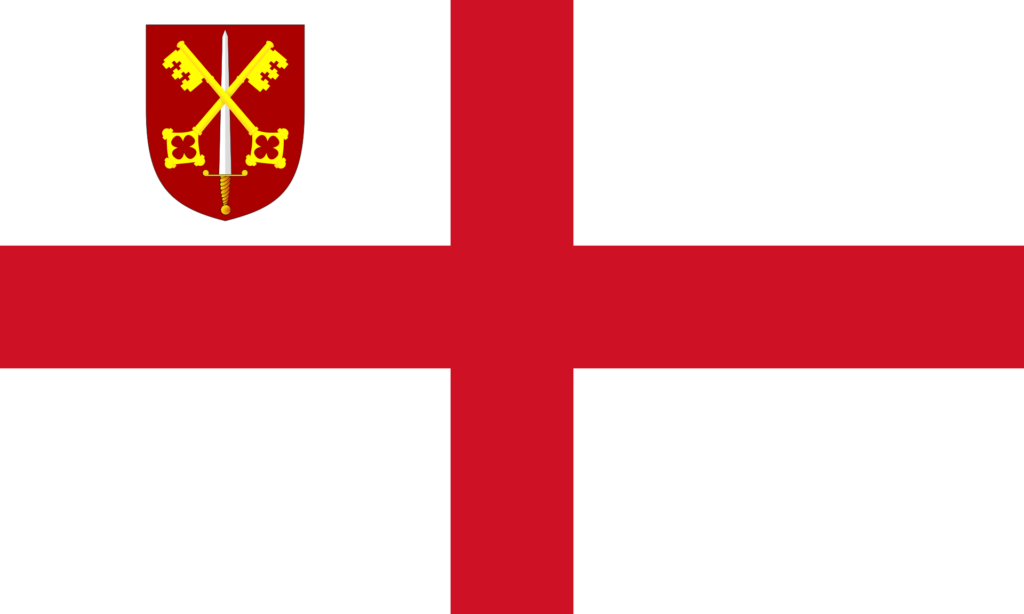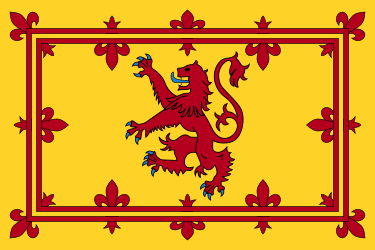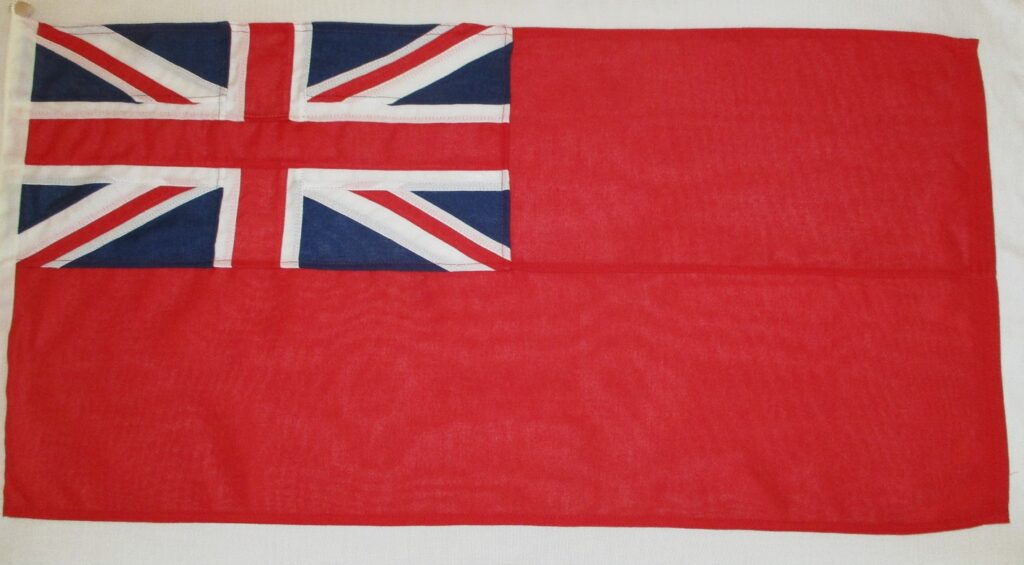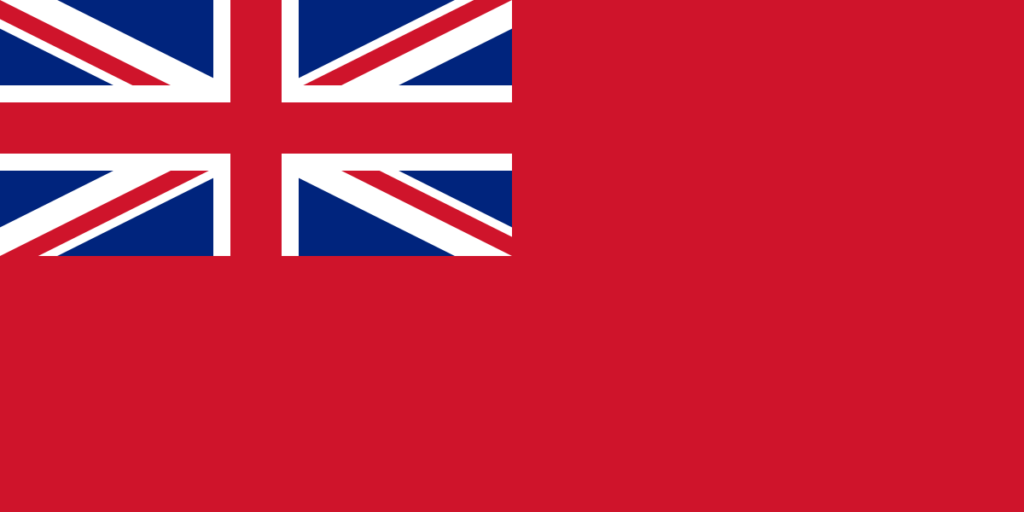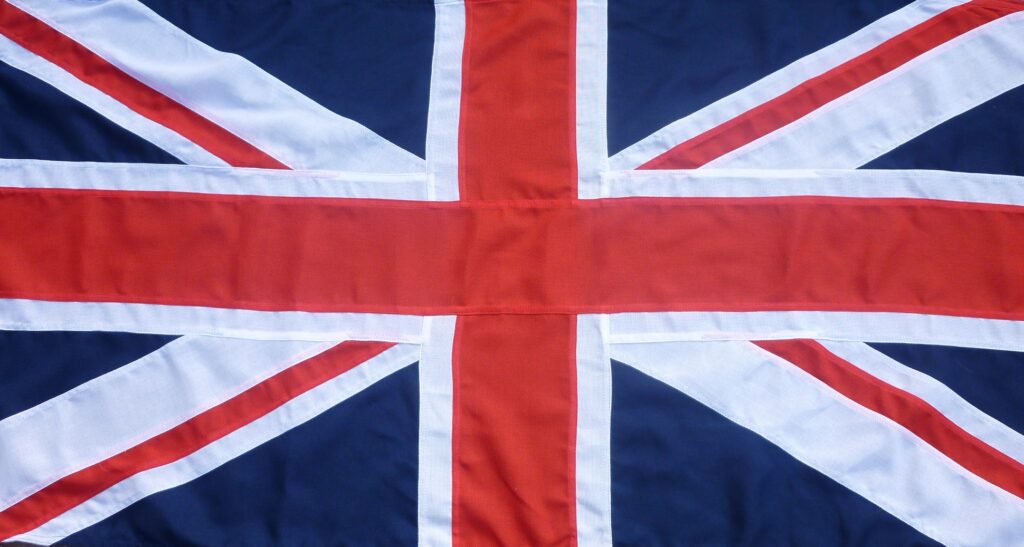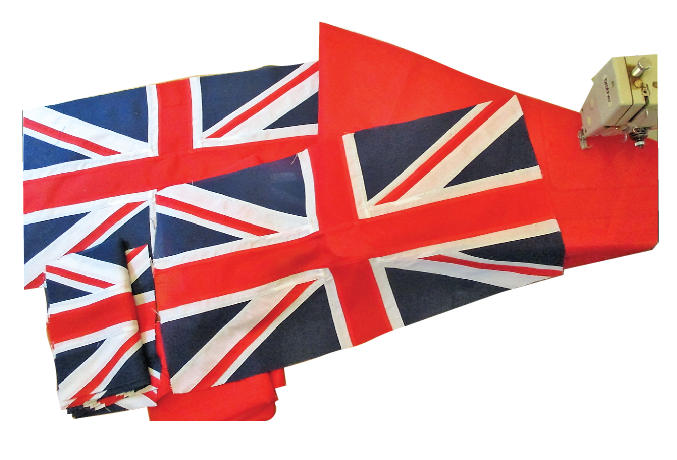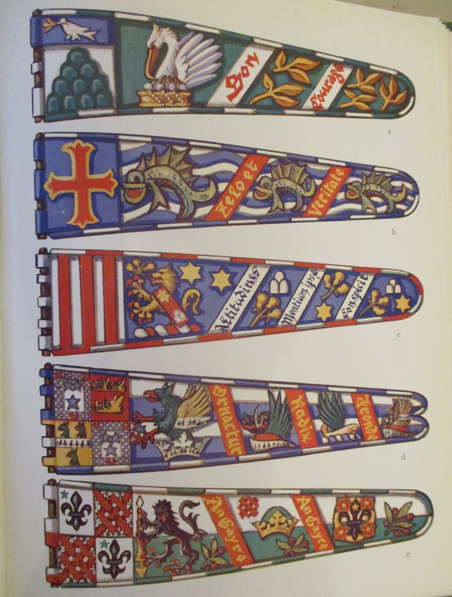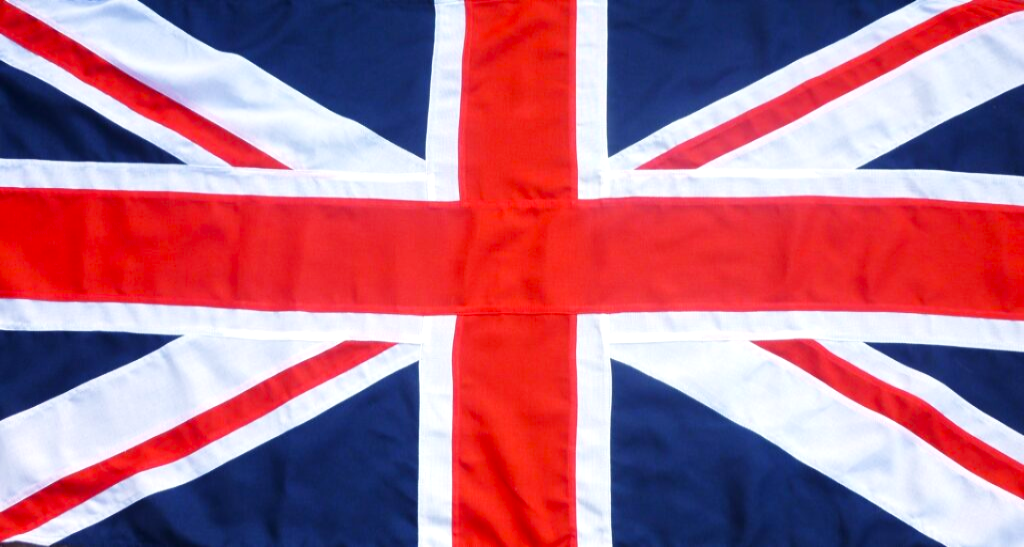August has been a quiet month this year. As a result it has been a blessing in disguise as it has allowed us to catch up on our stock of sewn Red Ensigns and Blue Ensigns.
These ‘sea flags’ are our biggest sellers but due to the design, they are time consuming to produce. Consequently, we are forever running out of stock. However, we now have sizes 0.75yds to 2yds available. This will not always be the case though, as they sell fast and we have to resort to making them to order.
Recently, a customer wished to know what was an appropriate size for his yacht.
Click on the link to find out the recommended sizes by the RYA
Interesting Facts
The first mention of the Red Ensign Flag was mentioned as early as the 17th century. At the time the St George cross was used until the Union, as we know it today, superseded the original design
All vessels registered in the UK are required by law to fly the Red Ensign. The only exception are those who are allowed to fly a Special Ensign such as Yacht and Sailing Clubs. Known as ‘defaced ensigns’these special flags will have a badge applied in the fly half of the flag. This privilege is only allowed by permission from the monarch.
The ensign should be flow on the stern, the most prominent position, and is an immediate indication as to the vessels nationality.
Flag etiqutte stipulates that the flag should not be of a ragged appearance and be a suitable size for the vessel. This means that it should not hang or droop into the water.
In 1986 the Red Ensign was allocated to merchant vessels while the Blue Ensign was to be used by a public service or one commanded by a Royal Naval Reserve Officer.
Sewn Red Ensigns – Price List
